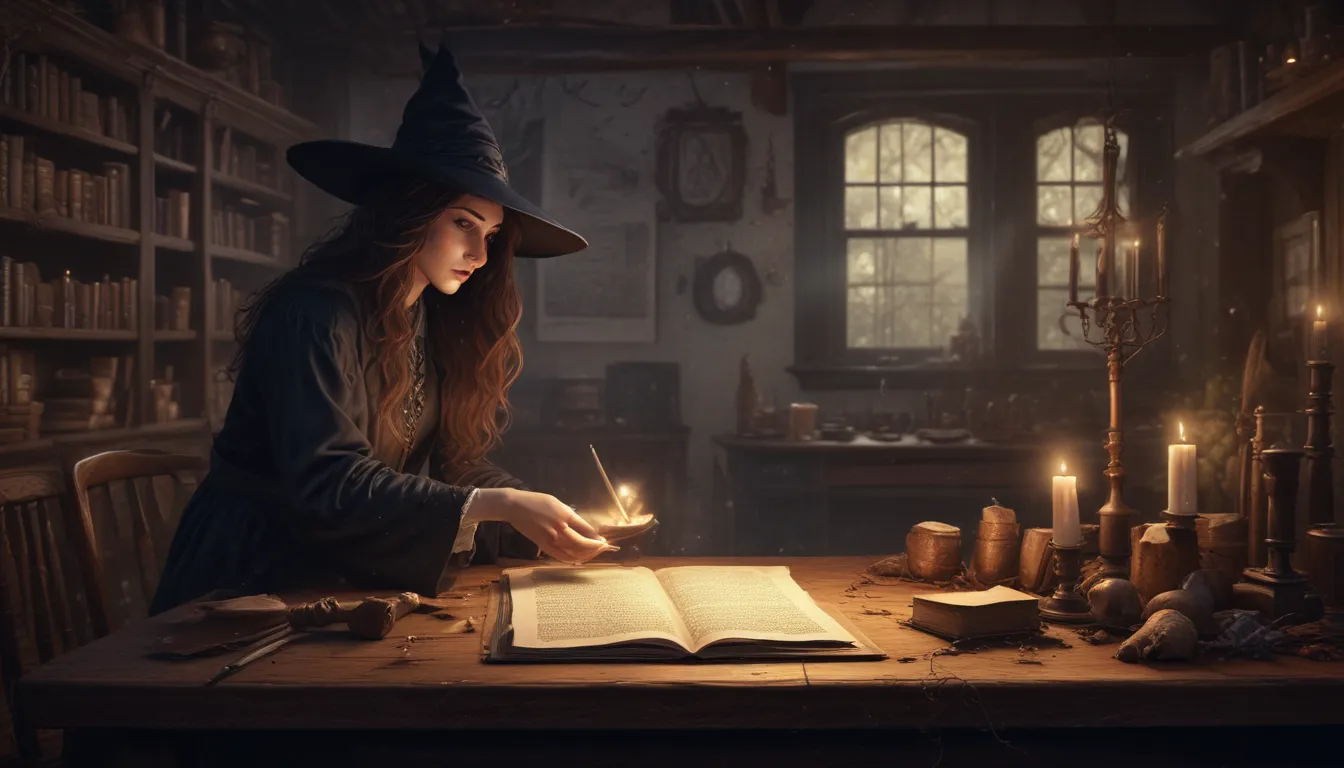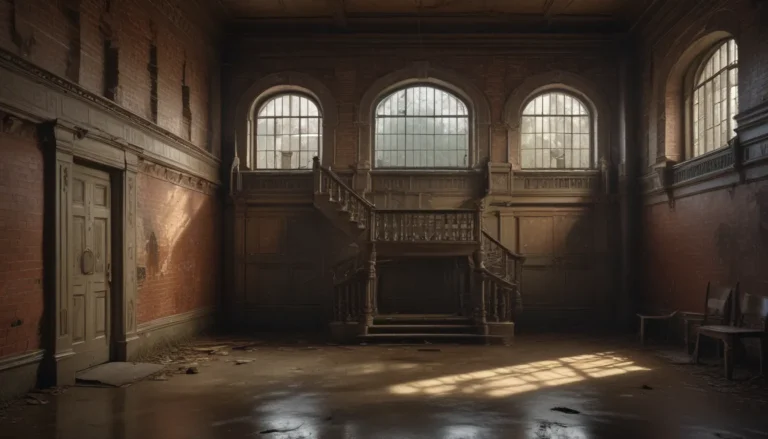The images in our articles may not match the content exactly. They are used to grab your attention, not to show the exact details in the text. The images complement the text but do not replace it.
If you’ve ever found yourself intrigued by history’s chilling mysteries, the Salem Witch Trials are likely to captivate your imagination. This dark chapter in American history unfolded in 1692 in Salem, Massachusetts, sending ripples of fear, superstition, and tension through the colonial community. As we delve into the depths of this historical phenomenon, we will unearth 20 fascinating facts about the Salem Witch Trials, shedding light on the events that shaped this enigmatic period.
The Genesis of the Salem Witch Trials
The Salem Witch Trials marked a series of hearings and prosecutions of individuals accused of witchcraft in colonial Massachusetts between February 1692 and May 1693. This turbulent period in American history was characterized by an atmosphere of fear and chaos, fueled by superstition and suspicion.
- The Spark of Accusation: The trials were ignited by a group of young girls in Salem Village, Massachusetts, who claimed to be possessed by the devil and accused several local women of witchcraft.
- Spectral Evidence: A controversial form of evidence known as spectral evidence played a significant role during the trials, where accusers claimed that the accused’s spirit tormented them in dreams or visions.
The Trials and Their Impact
- Magnitude of Accusations: Over 200 individuals were accused of practicing witchcraft during the Salem Witch Trials.
- Fatal Verdicts: Out of the accused, 20 individuals were found guilty and executed, with 19 being hanged on Gallows Hill and one man, Giles Corey, being pressed to death for his refusal to plead.
- Corey’s Last Stand: Giles Corey’s memorable last words, “more weight,” as he was crushed under stones, stand as a haunting symbol of resistance.
- Roots of Conflict: Historians speculate that economic and social tensions within the community played a role in fueling the witch trials, with accusations often following distinct community lines.
The Intersection of Religion and Superstition
- Puritan Beliefs: The dominant religious group at the time, the Puritans, harbored strong convictions about the devil and viewed witchcraft as a malevolent pact.
- Supernatural Rendezvous: Accused witches were often portrayed as attending secret gatherings or “sabbaths” to worship the devil and engage in dark rituals.
Legal Proceedings and Evidential Exigencies
- Torturous Tactics: Instances of torture were recorded during the trials as a means to extract confessions of witchcraft, although not a widespread practice.
- Ebbing of the Trials: The use of spectral evidence came under scrutiny and was eventually deemed inadmissible by Governor William Phips, marking the decline of the trials.
The Legacy and Aftermath
- Posthumous Justice: In years following the trials, the Massachusetts General Court acknowledged the tragedy by declaring a day of fasting and later ruled the trials unlawful.
- Restitution: A bill passed in 1711 sought to restore the rights and reputations of the accused, providing monetary restitution to their heirs.
- Cultural Impact: The Salem Witch Trials have inspired myriad artistic creations, from books to plays and films, underscoring the lasting fascination with this dark chapter in American history.
- Educational Imperative: Today, the trials serve as a poignant reminder in educational curricula about the perils of extremism, false accusations, and miscarriages of justice.
Dispelling Myths and Elucidations
- Burning Misconception: Contrary to popular belief, none of the victims of the Salem witch trials were burned at the stake; instead, most were hanged or subjected to alternative forms of execution.
- Ergot Contention: Some theories posit that the initial accusations of witchcraft were influenced by ergot poisoning, causing hallucinations akin to the symptoms described by accusers.
- Gender Neutrality: While predominantly affecting women, men were also accused and executed for witchcraft during the Salem Witch Trials.
The Trials in Modern Culture
- Literary Rendition: Arthur Miller’s play “The Crucible” remains a seminal depiction of the Salem Witch Trials, serving as an allegory for the McCarthyism era of the 1950s.
- Museum Archive: The city of Salem hosts a museum dedicated to the trials, drawing inquisitive visitors eager to delve into this haunting chapter of American history.
- Annual Commemorations: Salem’s infamous past is commemorated through annual Halloween celebrations that attract global revelers keen on exploring the town’s macabre heritage.
A Parting Glance at Salem’s History
As we navigate the murky corridors of history, the Salem Witch Trials emerge as a cautionary tale of hysteria, injustice, and the power of evidence. The echoes of Salem’s past beckon us to uphold principles of fairness and rationality in legal processes, lest fear and superstition cloud judgment. Let us glean wisdom from the shadows of history, ensuring that the specter of injustice never haunts our society again. Salem’s past, with its tapestry of actuality and myth, continues to captivate and instruct, urging us to heed the lessons embedded in its enigmatic narrative.
Did you find this exploration enlightening?
The pursuit of verifiable and engaging content lies at the core of our endeavors. Each fact shared on this platform is a product of invaluable user contributions, furnishing a tapestry of diverse insights and knowledge. Through meticulous editorial review, we uphold the highest standards of accuracy and authenticity, ensuring that every piece of information we present is not only intriguing but also credible. Trust in our unwavering commitment to quality and truthfulness as you embark on a journey of exploration and learning with us.






